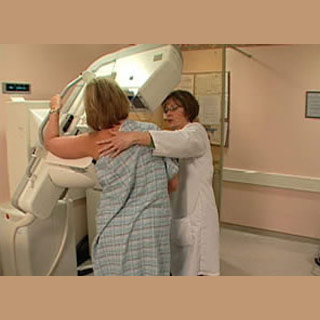
During the study experts thoroughly examined the guidelines by task force on mammography screening in November 2009. The recommendations for screening every other year in women 50-74 was then compared with guidelines of American Cancer Society on screening every year in women 40-84. A total of six model scenarios on screening mammography designed by the Cancer Intervention and Surveillance Modeling Network were put to use. Having matched up the guidelines laid down by task force to that of the American Cancer Society, it was concluded that yearly mammograms from 40 years of age can decline breast cancer deaths.
R. Edward Hendrick, Ph.D., clinical professor of radiology at the University of Colorado School of Medicine, lead investigator, alleged, “The task force overemphasized potential harms of screening mammography, while ignoring the proven statistically significant benefit of annual screening mammography starting at age 40. In addition, the panel ignored more recent data from screening programs in Sweden and Canada showing that 40 percent of breast cancer deaths are averted in women who get regular screening mammography. Our modeling results agree completely with these screening program results in terms of the large number of women lives saved by regular screening mammography.â€
Authors observed a 40 percent reduction in breast cancer deaths among women undergoing annual mammograms from 40. In case the screening begins at 50 and occurs every other year, it may decrease breast cancer deaths by 23 percent. It can therefore be concluded that yearly screening beginning at 40 saves 71 percent more lives. Investigators noted that on average women aged 40-49, that are screened every year will have a false-positive mammogram once in every 10 years.
The study will be published in the February issue of the American Journal of Roentgenology.
